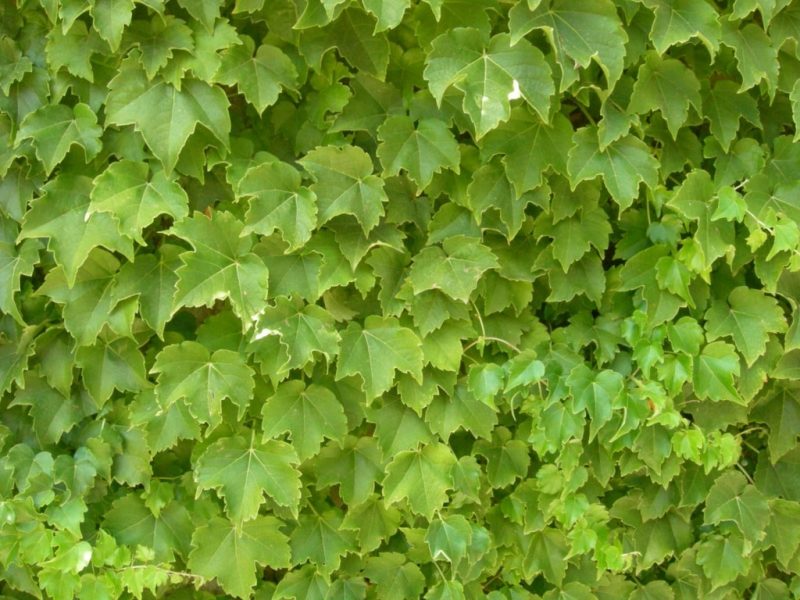If your plants are getting out of control, you might want to know how to stop plants from growing tall. Plants that grow too tall look unkempt and they also tend to produce fewer flowers. Read on to know how you should keep your plants from becoming too leggy.

Why Should You Stop Your Plants from Growing Too Tall?
Here are some of the reasons why some gardeners interfere with the height of their plants:
Reason #1: Improve your space’s aesthetic value
Most plants in gardens and indoors are grown for aesthetic purposes. To maintain your plant’s well-trimmed appearance, they shouldn’t grow too tall.
Reason #2: Maintain privacy
Some plants grow too tall that they freely grow into other people’s yards and spaces.
Reason #3: Grow better fruits and flowers
One of the most important reasons why you should trim your plants is for them to grow better fruits and flowers. Instead of focusing their energy on growing tall, trimming your plants allows them to focus on produce better fruits and flowers rather than growing taller.
How to Stop Plants from Growing Tall
Some gardeners stop their plants from growing tall by reducing the amount of water and fertilizer they give their plants. However, this step isn’t highly recommended because doing so predisposes your plants to diseases and other problems that could stunt their growth.
If your plants outgrow their space quickly, pruning them helps maintain their size by stopping or slowing the rate of upward growth. Annual pruning allows your plants to produce more foliage and flowers, making them more attractive.
Keep in mind that pruning methods differ from plant to plant, but it’s important to know the basic methods that work with most indoor plants.
Step #1:
Pinch back the top of herbaceous flowering plants, like begonias, coneflower, sage, dahlias, and more, when they begin growing in spring. These plants do not have woody stems, so you can prune each tip back to the first or second bud of each stem. The pinched points can stop upward growth, resulting in more compact plants.
Step #2:
Cut back overgrown plants that don’t produce woody stems in the spring to control their growth. Remove one-third of the stem using sharp gardening shears.
Step #3:
Remove damaged and dead leaves whenever you see them. Pinch them off at the base of the leaves but be careful not to pull them too hard as it can damage tender plants. Don’t cut into the plant’s main stem to avoid damaging the plants.
Step 4:
For potted indoor plants, prune them when the spring season begins. Take the plant out of the container and loosen the outer roots from the soil. Snip the loosened roots within an inch from the plant’s main root ball. Replant the plant in the same pot or a new one.
How to Maintain Your Indoor Plant’s Height
Place your plants in a partially shaded area where they can only get an adequate amount of light. This keeps them from growing and stretching towards the sunlight. Pinch back the tip of your plants to encourage more foliage and more stems. Most perennials and annual flowers grow better by pruning.
Herbs and other indoor houseplants can be pruned in a similar manner as well. It prevents your plants from becoming too leggy and it enhances sturdier and thicker branches.
Other Tips to Remember When Caring for Your Plants
Basic plant care is crucial to keep your plants strong and healthy. It’s important to ensure that you give them enough moisture, drainage, nutrition, and sunlight.
Avoid using high nitrogen fertilizers except if you’re using them on turfgrass. Most plants need balanced nutrients, such as 8-8-8 fertilizer (8% nitrogen, 8% phosphorous, and 8% potassium). However, flowering plants may need a higher amount of phosphorous to promote more flowers and fruits. On the other hand, nitrogen promotes green cell formation and new leaf growth. For taller plants that need more support, a higher amount of potassium may be needed to improve root growth and overall plant health.
Why You Should Try Growing Your Plants in a Mini Greenhouse
One of the main benefits of greenhouses is that it allows gardeners to control the climate regardless of what’s happening outside. Having control over the growing environment allows you to grow a wider ranger of flowers, vegetables, fruits, and other ornamental plants. You can customize the indoor temperature of your greenhouse by adding cooling and heating systems and other tools specific to the needs of your plants.
If you’re planning to grow plants in your greenhouse all year round, you may need more complicated systems along with your heating and cooling equipment, lights, shades, ventilation, and other materials and equipment. This type of greenhouse can grow almost any type of plant since you can adjust the growing environment to suit the needs of your plants. You can even divide larger greenhouses into different climate zones, allowing you to have different growing conditions within the same greenhouse.
The Bottom Line: How to Stop Plants from Growing Tall
Knowing how to stop plants from growing tall ensures that you’ll have beautiful, well-trimmed plants that will add beauty to your garden or greenhouse. Regular trimming and pruning also encourage foliage and flower growth.
